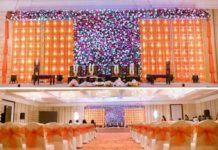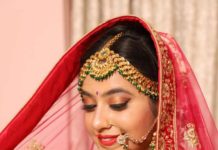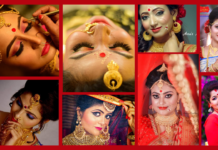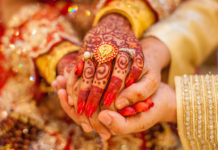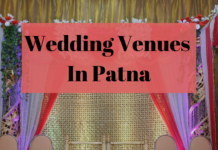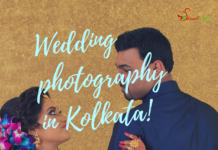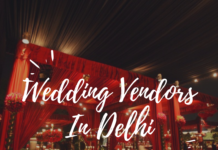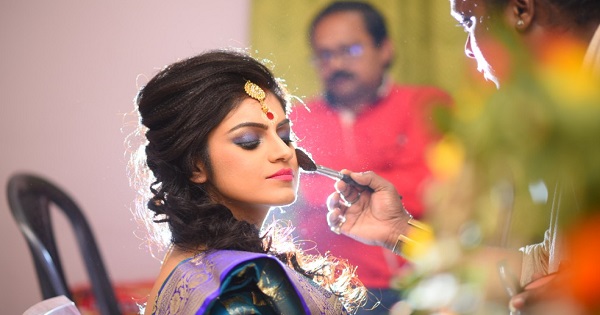A Bengali wedding has got its own significance with its own rituals and traditions. Starting from the tying of the nuptial knot in the traditional Bengali style which entails a series of elaborate and colourful rituals, which are not only enjoyable 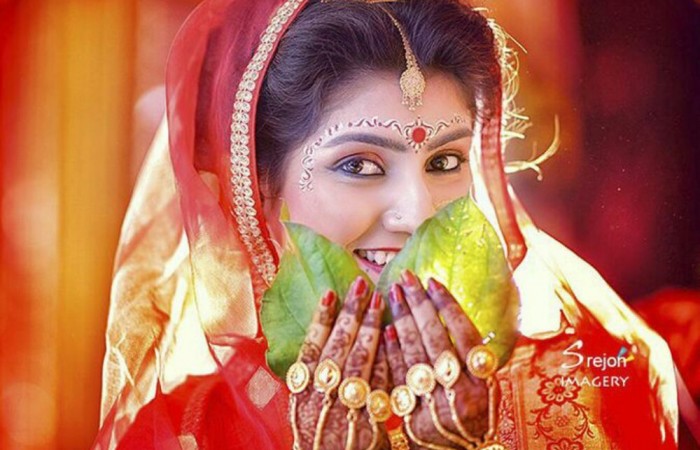
Photo Credit – Bardhan Studio
but come with a great significance in their married life. The Bengali traditions have a reason for their rituals in a wedding. The key purpose is to grab the attention of all to the wedding and then to summon the invitees; the wedding serves as a kind of social declaration from the family to the rest of the culture.
We Shaadicart can help you weddings in Kolkata with detailed information of the Vendors which can help you to arrange your Bengali wedding easier than ever.
Here are 10 traditions that make a Bengali wedding amazing.
Pre-wedding rituals
It all starts with a pre-wedding ritual. A pre-wedding ritual is a ritual in Bengali wedding that starts a few months before the actual wedding begins. The wedding customs and rituals are followed by the families from different areas and districts of the West Bengal and Bangladesh.
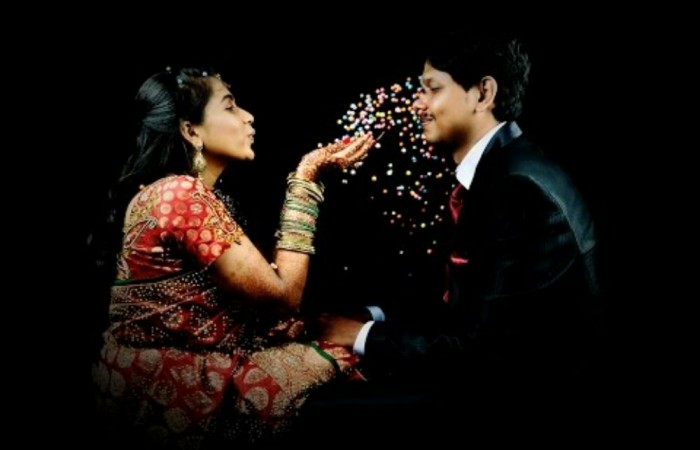
Photo credit – Neo Art Studio
Alright, let us now turn you’re the attention to the ceremonies that make a Bengali wedding an awesome event.
Adan Pradan
In the olden days, the families from both the parties used to converge at a place along with the priests to fix the auspicious marriage date after the bride and the groom have given their consent for the marriage. This practice is outdated now, but still, the dates are decided upon and communicated on the telephone conversation from both the sides. This is what called as Adan Pradan.
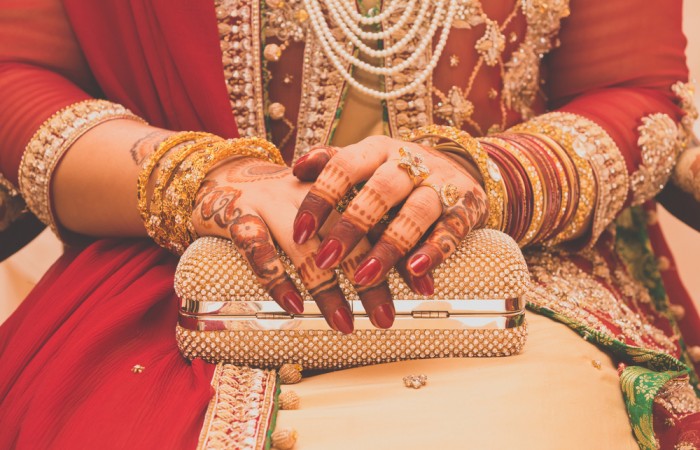
Photo credit – Studio Onil
Aashirvad
Aashirvad is a ceremony where the bride and the groom are formally accepted by their respective in-laws. Both of them are put a husked rice and trefoil leaves on the head of the bride. After this, the groom has to present the gold and ornaments or the other gifts as a token of their love. This event used to happen a few months before the wedding, but now it depends on many other rituals sometimes.
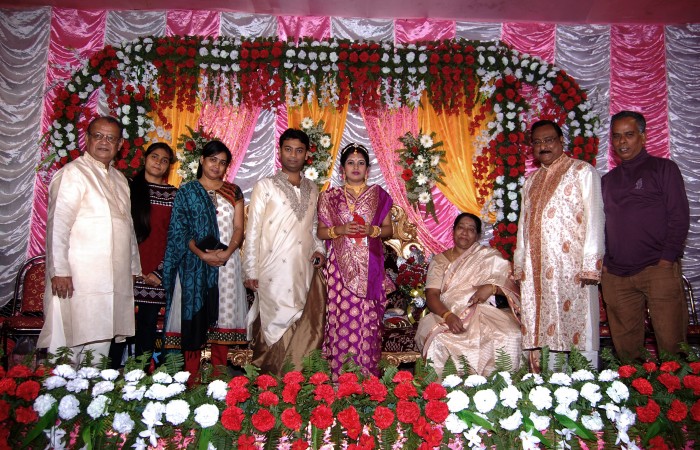
Photo credit – Chitrali
Placing of ‘Mangal Ghat’
A marriage event is nothing without the colourful rangolis by women. But apart from them, ‘mangal ghats’ or clay vessels hold onto the mango leaves on a coconut on the top of the head of the bride. This is a symbol which is similar to the swastika. It is placed in the four corners of the house. In the bride’s house, the entrance sports a copper version of the mangal ghat.
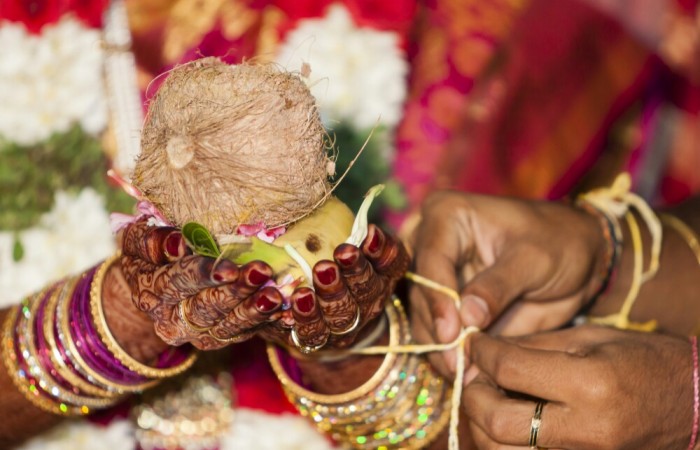
Photo credit – Studio Sital
Ai Buto Bhat
In Ai Buro Bhat, the bride and the groom take their last meal before getting married in their respective homes. This happens before the actual wedding or a few days before. This consists of a lavish meal which includes rice, paturi, daal, papad, fish and rice pudding.
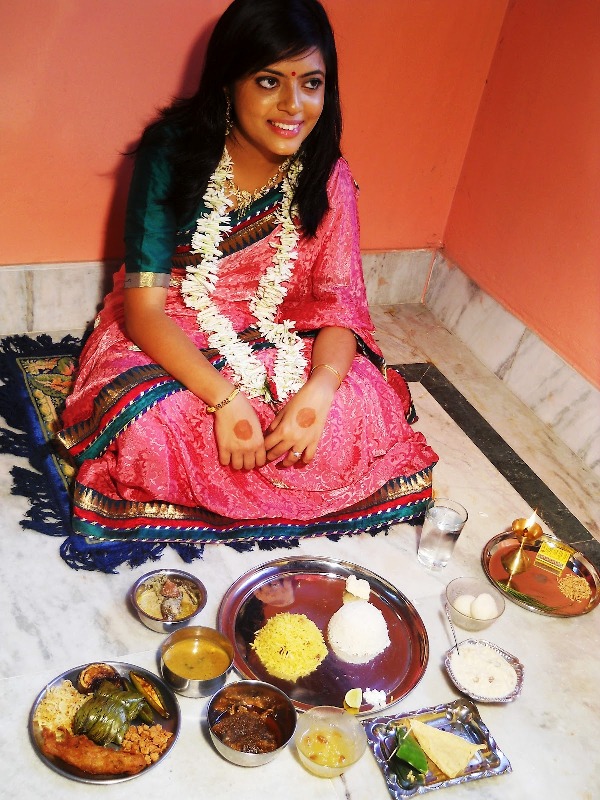
Gaye Halud
To make the skin of the groom glow, they are made to sit on the piri or plank and are made to rub with a turmeric paste by the married women of their respective families. The turmeric paste used on the groom is sent to the other side along with the piri.
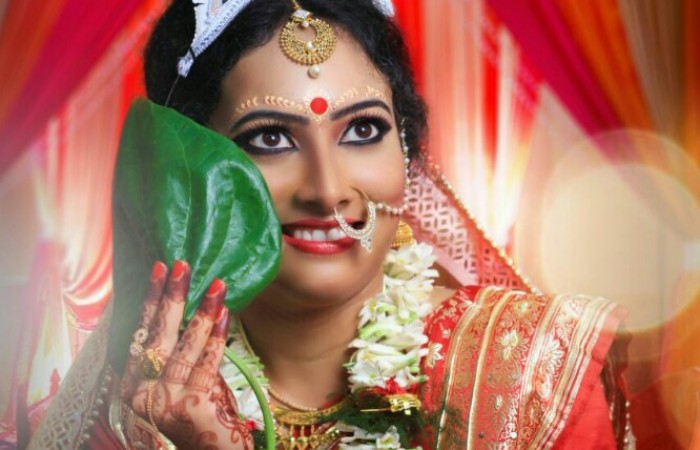
Picture credit – Bandhan Studio
Application of Aalta
Bengali brides apply a red pigment called aalta, instead of mehendi on their hands and the soles of their feet. This is symbolic of the Goddess Lakshmi who will bless her husband’s home with wealth and prosperity.
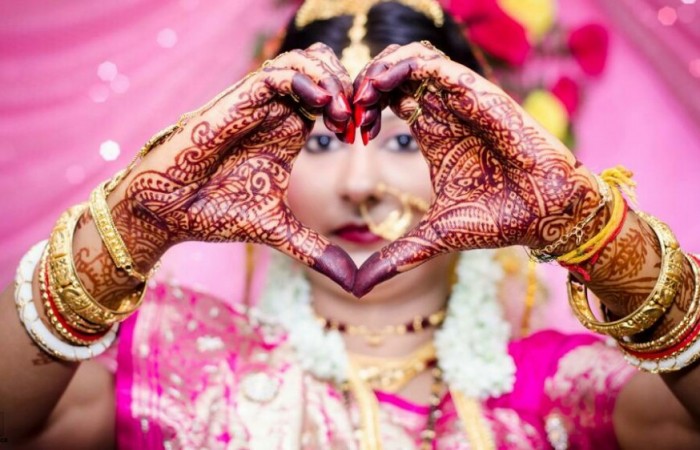
Picture credit – Neo Art Studio
Bor Aasha
After the groom has arrived at the ceremony at the stipulated time, the whole location turns to a baarat but it isn’t as wild as crazy. The groom is made to sit in a separate chamber where he is greeted by all the guests before tying the knot.
Bor Jatri and Bor Baran
The Bengali Hindu Weddings, in general, follow a time frame where it is considered as the most auspicious and the wedding ceremony takes place has to take place in that period. This event is called lagna. It is a wedding procession which is led by the groom leaves for the wedding venue in a luxury caravan which is dispatched by the family of the bride. This pack of people are called the ‘bor jatri’. For this ceremony, a car is sent for the groom to carry in a caravan. More about the event, the mother of the bride along with the elders of the family will wait at the entrance of the venue to receive the group. The mother, in some of the weddings, washes the wheels car which is used to carry the groom as the groom arrives. Then she anoints the groom with tilak. Then, they are all made to sit and served with refreshments.
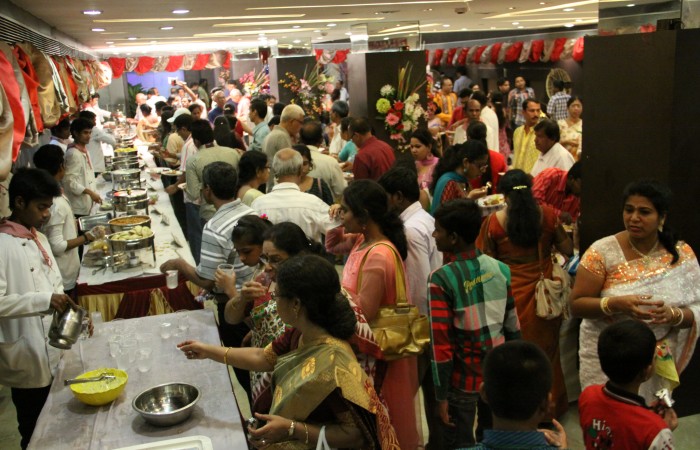
Picture credit – Chitranjali
Potto Bostro
As the groom arrives in the Bengali traditional attire, he is made to sit at the chchadnatala, which is a sanctum sanctorum of the mandap where the rites of the event are performed in the presence of an elderly member, probably the maternal uncle of the bride, who does the ‘kanya sampradan’, where he gifts the groom new clothes to wear during the wedding rituals.
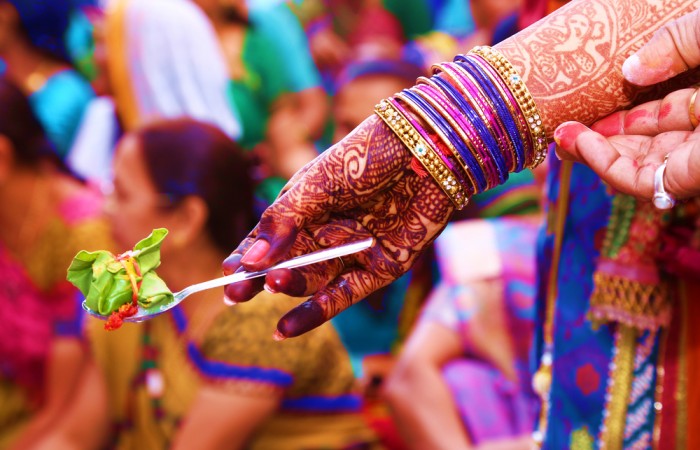
Picture credit – Shree Guru Studio



